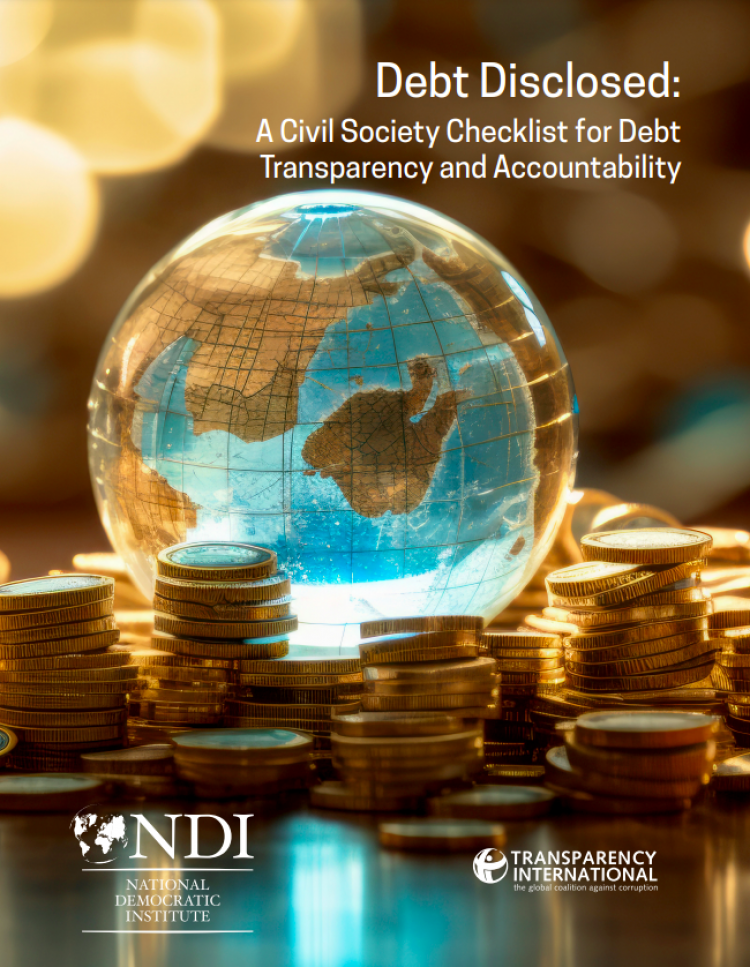Debt Disclosed: A Civil Society Checklist for Debt Transparency and Accountability
Around 3.3 billion people live in countries that spend more on debt than health or education. Yet, information on loans is difficult to find, fueling corruption, undermining trust in democracies, and jeopardizing debt sustainability. Mozambique’s infamous Hidden Debt scandal shows just how devastating hidden debt can be. However, even when debt isn’t hidden, legislatures usually have very little input on the public debt or conduct adequate oversight of it, often because of inadequate legal frameworks and lack of capacity on public debt issues.
The lack of public debt transparency and oversight has a negative impact on citizens' trust in institutions and in the ability of democratic systems to deliver public goods and services . People have the right to know how much their government is borrowing and the effects that debt will have on their lives, as such government decisions can impact people’s well-being for generations. People also need to understand how decisions about debt repayments are made and how the budgetary sources for repayments are defined. It is also important for people to have meaningful access to information and participation around renegotiations and restructuring processes.
With this in mind, NDI collaborated with Transparency International to develop the new Debt Transparency and Accountability Checklist. Covering 13 transparency and accountability principles and 59 good practices in debt management, the Checklist offers civil society organizations a simple way to assess how transparent their country’s public debt is and offer recommendations on how to strengthen the public debt legal and institutional framework. Citizens deserve to have a say on debt taken out in their name.
What can you use the Checklist for?
Civil society organizations can use this tool for multiple purposes:
-
To learn more about how governments acquire and manage public funds
-
To monitor government borrowing and debt management practices
-
Identify gaps in legislation
-
Assess the level of access to debt information
-
Design advocacy campaigns
-
As an entry point for discussions with policymakers and the government
-
And to raise awareness amongst the public
Members of parliament, their staff, and civil servants can all benefit from using this Checklist to identify any potential areas of improvement in their own debt legislation as well.
